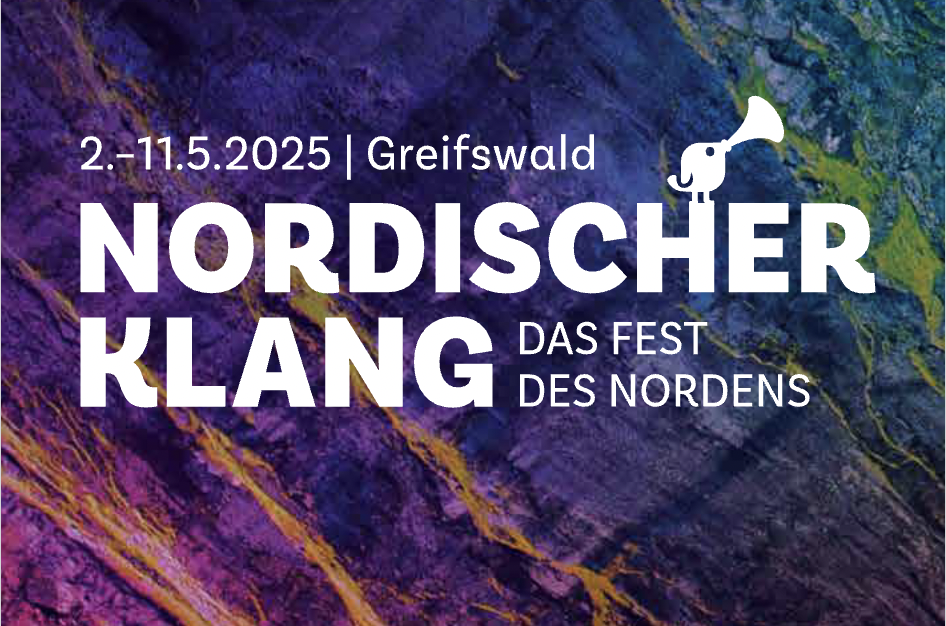Under the direction of Professor Dr. Clemens Räthel (Greifswald) a conference on literary studies will take place at the Alfried Krupp Wissenschaftskolleg on Monday, 5 May from 10.00 a.m. This conference, titled Tove Janssons Mumins: Resilienz erzählen / resilient erzählen (narrating resilience / resilient narration) is open to the public and promises to be of interest to academics and Moomin fans alike. Together with scholars Hanna Dymel-Trzebiatowska (Gdansk), Miranda Geust (Åbo), Sirke Happonen (Helsinki), Mara Baumgart (Kiel) and Antonia- Louise Krause (Greifswald) we will explore how resilience is narrated and contextualised in Tove Jansson’s famous Moomin stories. Her supposedly children’s books invite us to read them with a focus on current events, as Moominvalley is by no means a paradise, but rather a place full of challenges. There will be a wide range of topics to discuss, from parties as a practice of resistance, to nature narratives and feminist aspects in the Moomin books, all the way to criticism of capitalism.
The challenge around the question of how a city can be made liveable for everyone was accepted by the travelling exhibition of the Royal Danish Embassy in Berlin, which shows 28 positive examples from Denmark. The exhibition will be on display at the Central University Library in Greifswald throughout the festival and will continue until 3 June, showing a range of examples of architecture and urban planning in Denmark while deliberately taking a look at projects outside the bigger cities. As a kaleidoscope of different projects, the exhibition aims to stimulate discussion: What actually makes a city worth living in, who are we building it for and who can and may participate? There will be a panel discussion with German and Danish experts at the exhibition opening on 8 May.
Thematically, we continue with challenges: On 7.5. Nordischer Klang, invites you to a panel discussion with academics and artists about our ideas of a Northern European paradise, the changes in the face of climate change, and the topic of climate protection vs. environmental protection. We tend to idealise Northern Europe as a place with snowy landscapes, deserted forests and eternal coast. However, the inhospitality and the changes brought about by climate change pose major challenges. How intact is this nature really? This will be discussed by Guðný Guðmundsdóttir (Berlin), Pedro Gunnlaugur Garcia (Reykjavík), Kari Heimen (Alta), and Paul Kirschstein (Greifswald). The discussion will be moderated by Charlotte Steinert (Greifswald) and takes place at the Alfried Krupp Wissenschaftskolleg as well. There will also be an opportunity to accompany the Greifswald moor manager on a walk through the Steinbecker Vorstadt polder and learn interesting facts about the moors on the outskirts of the city as a place of biodiversity, recreation and climate adaptation.
All fans of traditional joik can look forward to a musicological lecture by singer, drummer and joik expert Kari Heimen on 8 May. On 11 May, Dr Sabine Lindqvist will lead a tour of Greifswald’s past from the Pomeranian State Museum: from the founding of the city to the beginning of the Swedish period. From the monastery model to the executioner’s sword, through the tanners‘ quarter, from the founding of the university to the Thirty Years’ War. For language enthusiasts, former Icelandic lecturer Hartmut Mittelstädt will offer an entertaining look behind the scenes of the online Icelandic dictionary LEXIA on 6 May. He will present older, existing Icelandic-German dictionaries and talk about the history and development of LEXIA.
For those who would like a break from academics: the line-up of the 10-day festival offers musical enjoyment for every taste. For example, the band Northflip will be bringing Finnish folk to Greifswald, Anna Pauline and Irma Neumüller will delight us at Nordischer Klang’s famous Swedish Jazz Night, while Kari Heimen guarantees a powerful modern Joik concert. The festival will also be enriched by readings by Pedro Gunnlaugur Garcia, Jessica Schiefauer and Pajtim Statovic, as well as films, other exhibitions and a colourful children’s programme. Tickets for the concerts can be purchased both on site at the Greifswald Information Centre on the market square and online via mvticket.de. Further information on the programme can be found on the festival’s website.
